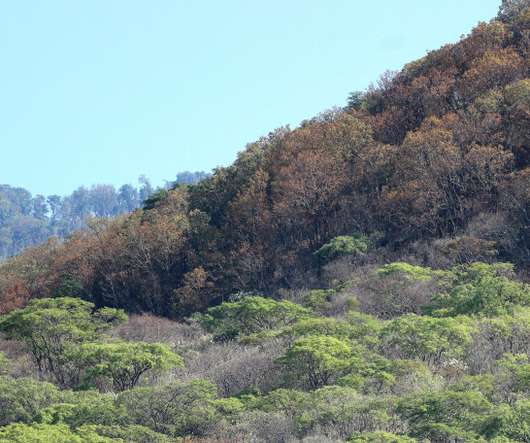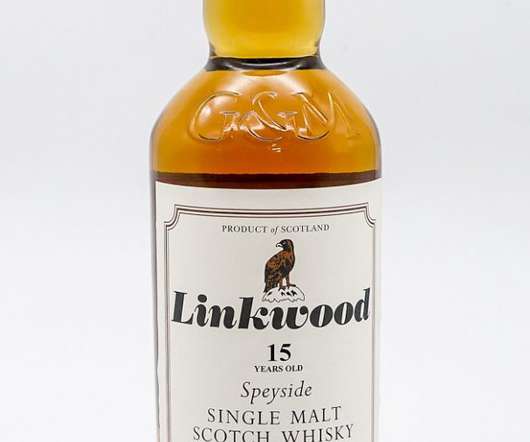Stairway to Heaven
10,000 Birds
JUNE 24, 2020
This sort of biozone mixing can create a tremendous richness of species. Each of these habitats attracts its own group of species. I mentioned last week the Jamaican Nettletree, whose tiny fruit was attracting all kinds of species — even some I thought did not eat fruit or seeds. This one was a true lifer for me.












Let's personalize your content